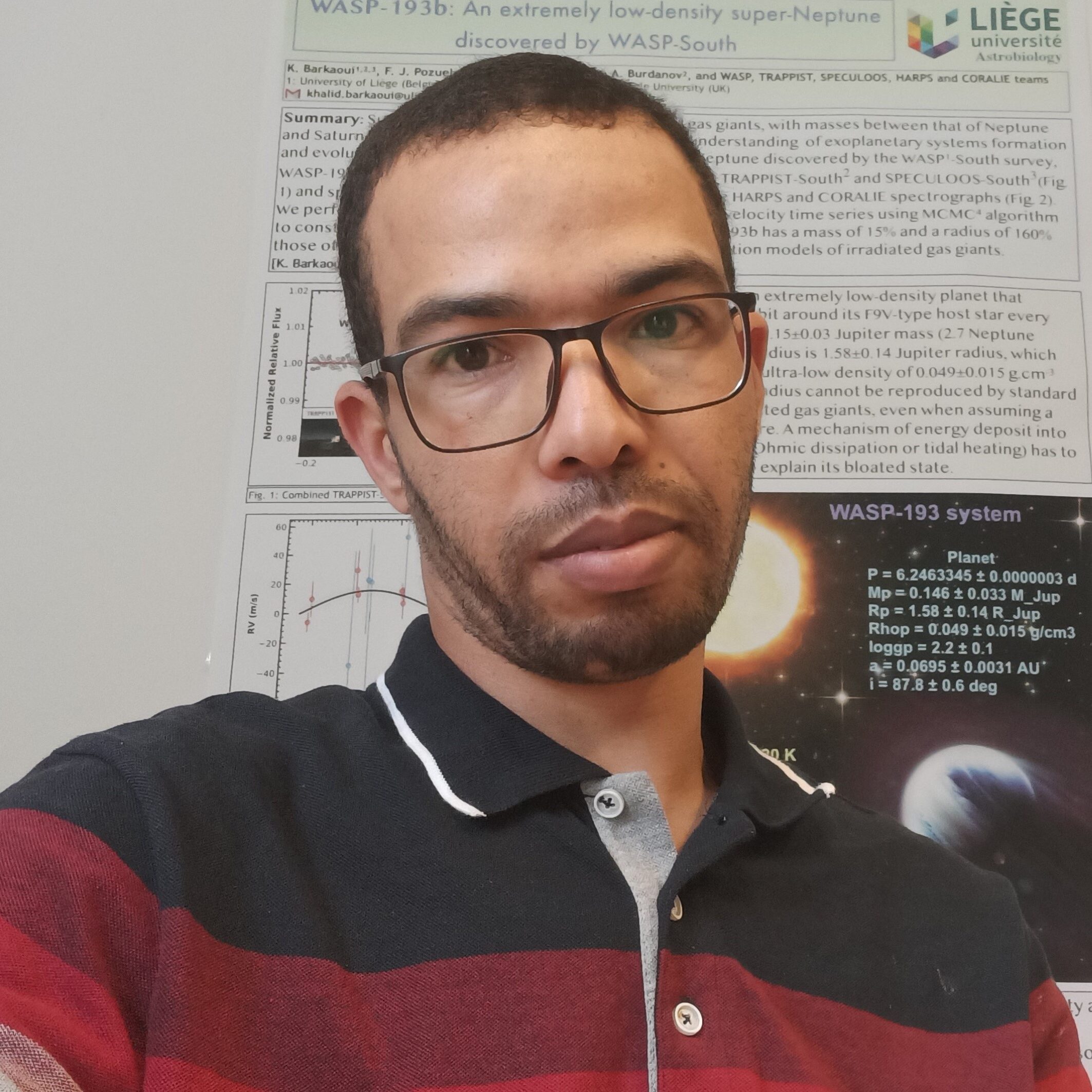Looking for New Worlds
Science journalist Senne Starckx interviews astrophysicist Khalid Barkaoui from the SPECULOOS project, led by Michaël Gillon (2017 Balzan Prizewinner for The Sun’s Planetary System and Exoplanets). The project, involving six universities, uses robotic telescopes in Chile, Tenerife and Mexico to find Earth-like planets around red dwarf stars using the transit method.
